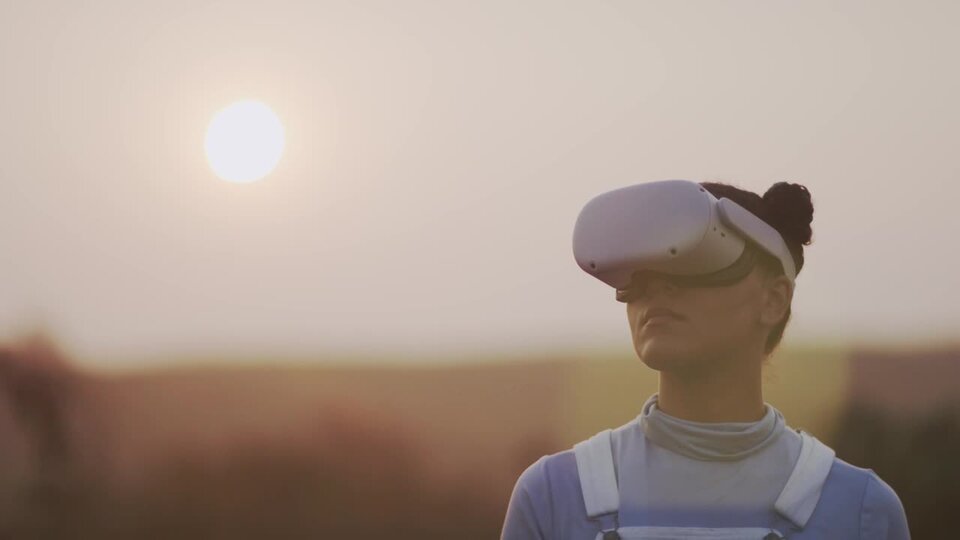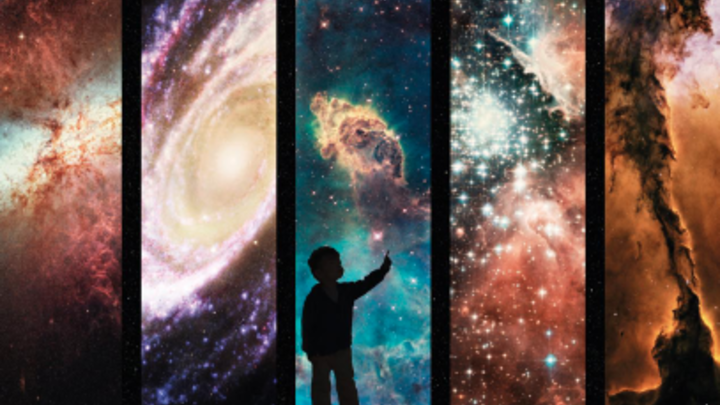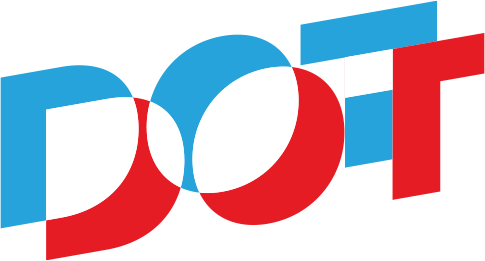
Spreading knowledge and excitement about network science among members of underrepresented minority communities to support diversity in bio-behavioral and biomedical careers.
Free Network Science Activities
Featured Activities
Me & My Network
Youth will model their social connections as systems related to their identities. Youth will be able to understand the social relationships in their lives as part of social systems related to their identities and model these social systems as ego-networks.
Ecology
Youth will understand that taking away nodes in a network sometimes means simply changing what the network looks like and other times can lead to a total collapse of the network (breaking all of the links/ties). They will be able to describe how a model gives insights to real world phenomena related to ecology.
String Network
Youth will understand and demonstrate the importance of building and recognizing connections in a community. They will make a network model that reveals connections that may seem invisible until youth trace them. Youth will learn about the concept of six degrees of separation.
Genealogy
Youth will understand how network models are used by geneticists to better understand genetic inheritance. They will be able to visualize how traits flow (or do not flow) from generation to generation by using a model family tree network, discern the direction of flow in relation to inheritance, and practice modeling the flow of inherited traits with an inheritance tree.
About
Worlds of Connections (2018–2024) was a University of Nebraska–Lincoln-led Science Education Partnership Award (SEPA) funded by the National Institutes of Health (NIH). It was the third SEPA at UNL and aimed to continue the outstanding work by Judy Diamond and her team in the World of Viruses and Biology of Human projects. Our long-term goals were to 1) enhance the diversity of the bio-behavioral and biomedical workforce by increasing interest in network science among members of underrepresented minority communities and to 2) promote public understanding of the benefits of NIH-funded research for public health.

Overview
We coupled best practices in science education with innovative approaches.
Aims
We pursued two specific aims to stimulate interest in and improve the accessibility of health science research.
Goal
We strove to enhance public understanding of the role of network science in health research and public health.
UNL SEPA Projects
Get in touch
To contact the Worlds of Connections team, please send us an email. We will do our best to get back to you within three days.

Latest News
Trusted Partners

This website is supported by the Worlds of Connections SEPA [R25GM129836] at the University of Nebraska–Lincoln, funded by the National Institute of General Medical Sciences of the National Institutes of Health. This content is solely the responsibility of the creators and does not necessarily represent the official views of the National Institutes of Health or the University of Nebraska.



















